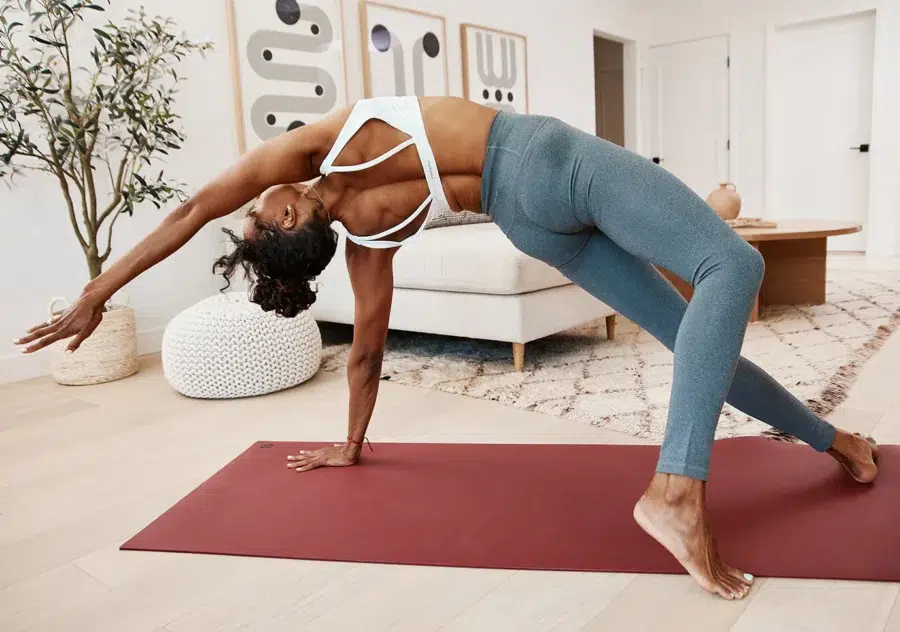Top 10 Kitchen Gadgets Every Home Cook Needs, A well-equipped kitchen can make cooking more enjoyable and efficient. The right gadgets can save time, improve your culinary skills, and help you create delicious meals with ease. Here are the top 10 kitchen gadgets every home cook needs to elevate their cooking experience.

1. Instant Pot
Why It Matters: The Instant Pot is a versatile multi-cooker that can replace several kitchen appliances, saving you time and space.
Key Features:
- Multiple Functions: Can be used as a pressure cooker, slow cooker, rice cooker, steamer, sauté pan, and yogurt maker.
- Time-Saving: Cooks food quickly under pressure, making it ideal for busy weeknights.
- User-Friendly: Easy-to-use controls and programmable settings for various recipes.
2. High-Quality Chef’s Knife
Why It Matters: A sharp, well-balanced chef’s knife is essential for efficient and precise cutting.
Key Features:
- Versatility: Suitable for chopping, slicing, dicing, and mincing a wide range of ingredients.
- Durability: Made from high-carbon stainless steel for long-lasting sharpness.
- Comfortable Grip: Ergonomic handle for comfortable and safe use.
3. Food Processor
Why It Matters: A food processor can save time and effort when preparing ingredients for recipes.
Key Features:
- Multi-Purpose: Can chop, slice, shred, puree, and knead dough.
- Large Capacity: Ideal for preparing large batches of food quickly.
- Ease of Use: Simple controls and easy-to-clean components.
4. Immersion Blender
Why It Matters: An immersion blender is a convenient tool for blending soups, sauces, and smoothies directly in the pot or container.
Key Features:
- Compact Design: Takes up less space than a traditional blender.
- Versatility: Can blend, puree, and emulsify various ingredients.
- Easy Cleaning: Detachable parts for easy cleaning and storage.
5. Digital Kitchen Scale
Why It Matters: Accurate measurements are crucial for successful cooking and baking.
Key Features:
- Precision: Provides accurate measurements for ingredients in grams, ounces, pounds, and milliliters.
- Tare Function: Allows you to zero the scale with a container on it for accurate ingredient measurement.
- Compact and Lightweight: Easy to store and use in any kitchen.
6. Mandoline Slicer
Why It Matters: A mandoline slicer allows for quick and uniform slicing of vegetables and fruits.
Key Features:
- Adjustable Thickness: Easily adjust the thickness of slices for different recipes.
- Safety Features: Includes a hand guard to protect fingers during use.
- Versatility: Can slice, julienne, and waffle-cut a variety of produce.
7. Cast Iron Skillet
Why It Matters: A cast iron skillet is a durable and versatile cookware essential that can be used on the stovetop, oven, or grill.
Key Features:
- Heat Retention: Excellent heat retention and even cooking.
- Versatility: Suitable for frying, searing, baking, and more.
- Durability: Long-lasting and can improve with proper care and seasoning.
8. Microplane Zester/Grater
Why It Matters: A microplane is perfect for zesting citrus fruits, grating cheese, and mincing garlic and ginger.
Key Features:
- Sharp Blades: Fine, sharp blades for precise grating and zesting.
- Ergonomic Handle: Comfortable grip for ease of use.
- Easy Cleaning: Dishwasher safe for quick and easy cleanup.
9. Slow Cooker
Why It Matters: A slow cooker allows for hands-off cooking, perfect for busy schedules.
Key Features:
- Set-and-Forget: Prepare meals in the morning and have them ready by dinnertime.
- Versatility: Ideal for soups, stews, roasts, and more.
- Energy Efficient: Uses less energy compared to conventional ovens.
10. Silicone Baking Mats
Why It Matters: Silicone baking mats provide a non-stick surface for baking, reducing the need for parchment paper or cooking spray.
Key Features:
- Reusable: Eco-friendly and cost-effective alternative to disposable options.
- Heat Resistant: Safe for use in the oven up to high temperatures.
- Easy Cleaning: Non-stick surface makes for easy cleaning and maintenance.
Conclusion:
Investing in the right kitchen gadgets can enhance your cooking experience, making meal preparation more efficient and enjoyable. From versatile appliances like the Instant Pot and food processor to essential tools like a high-quality chef’s knife and digital kitchen scale, these top 10 kitchen gadgets are must-haves for every home cook. Start equipping your kitchen with these tools to take your culinary skills to the next level.















